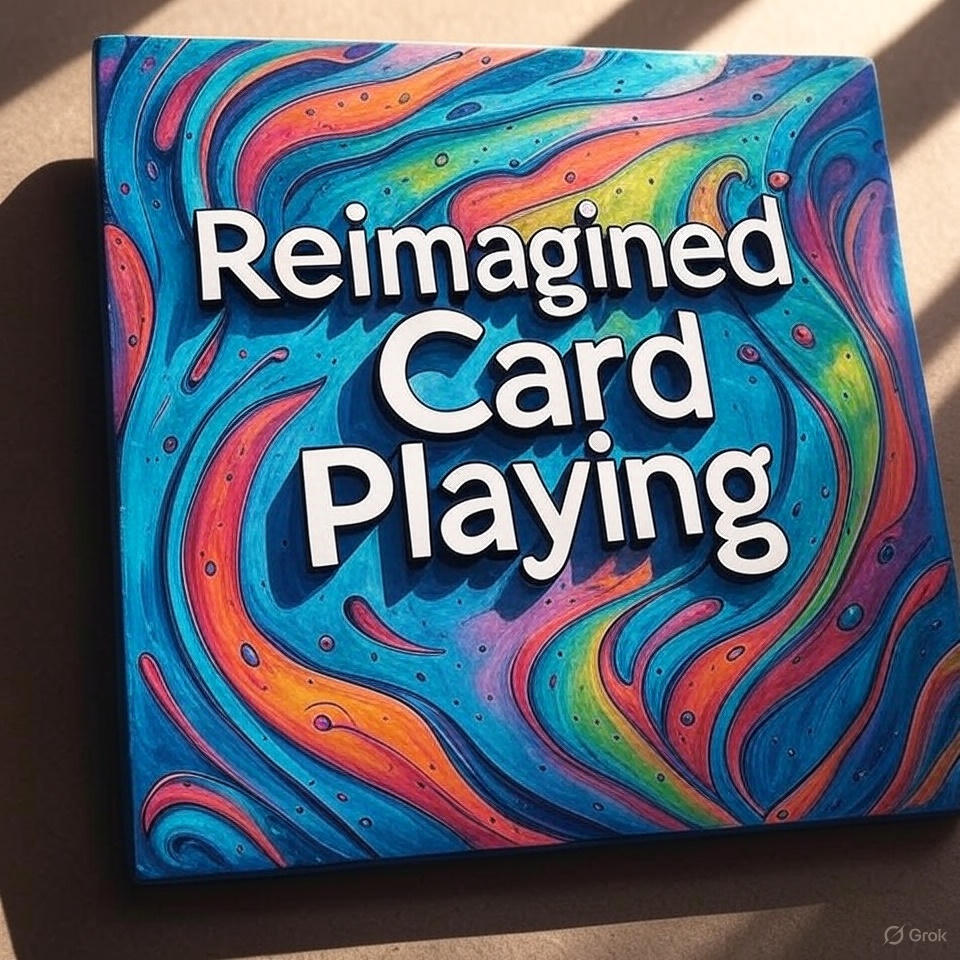Card tables are tiny theaters. A glance becomes a plot twist, a sleeve hides a secret, and a flick of light turns chance into drama. Art history keeps returning to this stage because it reveals who we are when stakes feel real. In four landmark works—from Baroque showdowns to modernist experiments—Cézanne, Caravaggio, de La Tour, and Léger prove that a deck of cards is more than a pastime. It’s a lens on focus, risk, morality, and the rhythms of modern life.
A Table Becomes a Stage
Across Europe, artists used card play to talk about more than games. Cards signal community and tension, honesty and deceit, leisure and livelihood. Painters could pack everyday scenes with narrative while testing how light, composition, and gesture guide the eye. That mix of human psychology and formal invention is why these images still feel startlingly fresh.
Cézanne’s Ritual of Focus
Paul Cézanne’s “The Card Players” (1890s) strips the scene to its essentials—bodies anchored, elbows planted, hats lowered like visors. Instead of Baroque theatrics, we get a slow burn of attention. The bottle on the table becomes a spine for the composition. Forms are built from planes; color shifts calibrate space more than they describe fabric or wood. The men don’t bluff. They concentrate. Cézanne turns gambling into a quiet ritual where time stretches and sight hardens. You can almost hear the cards whisper across the surface as the painter tests how structure, not story, carries meaning. The “action” sits in the intervals: the pause before a play, the negative space between hands. He makes looking itself the wager.
Caravaggio’s Street-Smart Theater
Caravaggio’s “The Cardsharps” (1594) flips the energy. Here the table is a trap. A sharp slides an extra card from behind his back while his partner signals from over the opponent’s shoulder. Light knifes across the scene, carving faces, lace, and leather with forensic intensity. Every prop—the plume, the slit glove, the boy’s fine clothes—telegraphs class and vulnerability. Caravaggio choreographs attention like a stage director: we spot the cheat before the victim does, which tugs us into complicity. The thrill is moral and visual at once. He uses chiaroscuro to model character, not just bodies. Risk looks like illumination landing where it shouldn’t, exposing the plan in progress.
De La Tour’s Quiet Tension
Georges de La Tour’s “The Cheat with the Ace of Clubs” (c. 1630s) shares Caravaggio’s theme, yet plays a different tempo. The scene unspools in near silence. Figures are arranged like pieces on a chessboard, their stillness sharpened by a measured light. A courtesan’s sideways glance, a servant’s watchful posture, and the cheat’s concealed card tighten the mood without a single raised voice. De La Tour swaps melodrama for suspense. The painting reads like a parable about appetite and attention: look too hard at the wine and pearls, and you miss the hand with the ace. He treats deception as a slow leak rather than a burst, giving moral stakes the same gravity as the physical ones.
Léger’s Modern Rhythm
Fernand Léger’s “La Partie de cartes” (1917) lands in a new century and a new body language. Soldiers play cards, but the players feel part human, part engine—cylinders for limbs, crisp contours, bold blocks of color. The table becomes an assembly line for camaraderie. Instead of shadowy intrigue, we get collective rhythm, a syncopated composition humming with wartime modernity. Léger folds the randomness of a hand into the ordered beat of industrial life. Chance is still here, but so is machinery, routine, and recovery. He updates the old card table morality tale into a portrait of community under pressure.
Light, Gesture, and the Mechanics of Risk
Light steers the story in each work. Caravaggio’s beams dramatize the instant before discovery; de La Tour’s steadier glow breeds unease; Cézanne’s ambient daylight turns glare into geometry; Léger’s flat color routes attention through shape and repetition. Gesture seals the deal. In Caravaggio and de La Tour, fingers telegraph secrets, and side-eyes are plot devices. In Cézanne, hands are tools of concentration. In Léger, grouped bodies turn risk into shared tempo. Even the rules feel different: Caravaggio and de La Tour weigh sin and consequence, Cézanne measures perception, and Léger measures modern life’s pulse.
What Card Play Says About Us
Why do these scenes keep working? Because card tables reveal character under constraint, like a high-roller poker game. We calibrate risk against reputation; we read faces, guess intentions, and commit to action with incomplete information. That’s exactly what painters do: choose, edit, and place a bet on what matters most in the frame. These four works map a path from moral fable to perceptual inquiry to collective modernity, showing how a simple game absorbs the anxieties and hopes of its time.
Same deck, four visions. Cézanne makes the game a cathedral of looking. Caravaggio turns it into a crime drama with the lights up. De La Tour whispers a cautionary tale about attention and desire. Léger syncs chance to the beat of a mechanized century. Together, they remind us that play is never just play—it’s a mirror. When we watch cards move, we watch ourselves decide.






